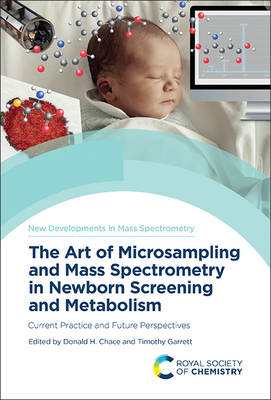
Mass Spectrometry in Neonatal Screening and Metabolism: Current Practice and Future Perspectives (ISSN)
Description
This book describes the largest use of mass spectrometry in clinical laboratories in terms of patient volumes. Newborn screening is unique as it has a very broad scope and actively converts classical biochemical analysis to mass spectrometry methods. It touches upon microsamples, the issues of dried blood spots, which is a connection to consumer methods, it works with classical clinical chemistry technology that performs diagnostic testing and aims to be the model for metabolomics of the future.
The newborn screening story is compelling - but rather than just a summary of what it has done, it is important to show where it is going and how it really is paving the way for new era metabolomics and genomics integration. The text focuses on the application setting, ie public health laboratories that perform newborn screening, hospital laboratories that require rapid turnaround time, larger contract laboratories that perform a larger variety of testing for the medical community and small centres of excellence that have developed unique tests and specialized diagnostics. Each of these spaces utilize mass spectrometry differently even for the same metabolites. They also share many things in common.
Appealing to a wider variety of readers, not just clinical chemists in the space, the book not only describes the literature but also answers the question whether mass spectrometry is the best choice as a primary test or rather as a secondary confirmatory test and approaches why mass spectrometry is important and how to implement it. Clinicians, students in laboratory medicine, laboratory managers and directors will all want to read this timely addition to the literature.
